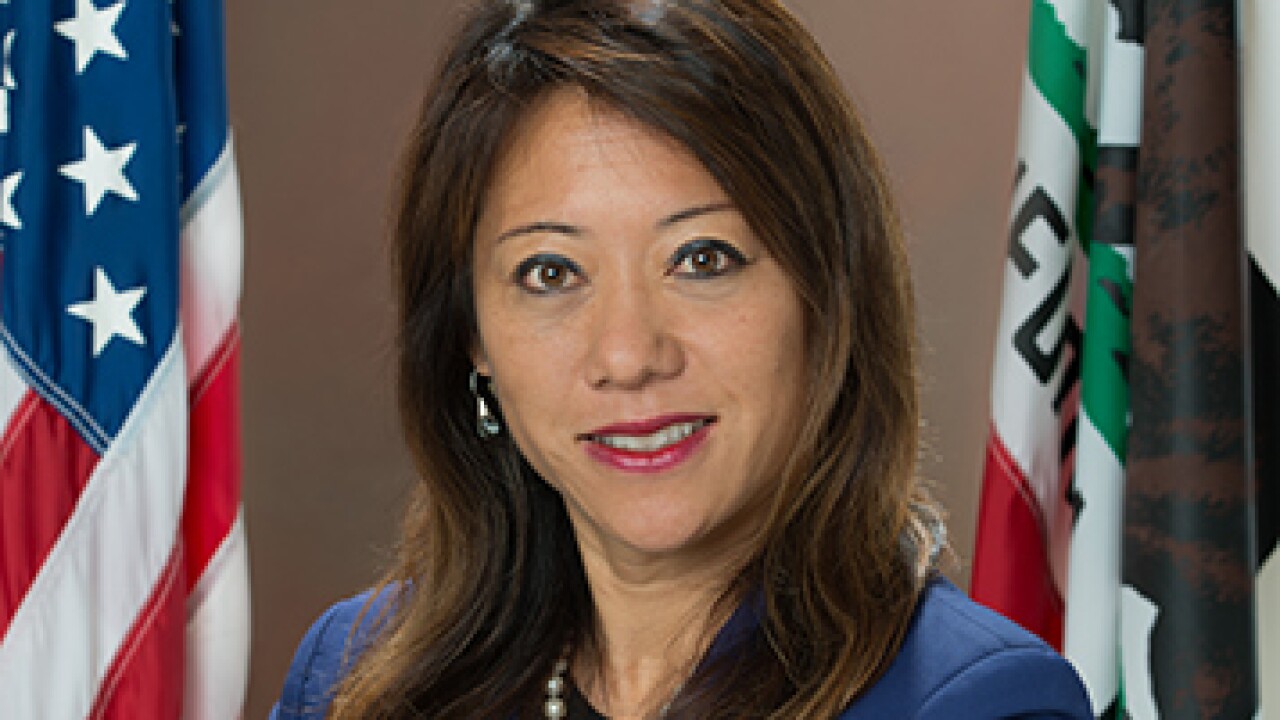
While the final price tag remains uncertain, the replacement of the aging Interstate 5 bridge linking Washington and Oregon advanced in spring legislative sessions, with Washington lawmakers approving $2.5 billion of bonds and Oregon's Legislature passing a bill updating tolling authority.
The long-planned megaproject calls for a pair of new spans, with tolling set to begin on the existing Interstate Bridge in 2027.
"This is one of the 10 most important pieces of infrastructure for the West Coast," said Aaron Sherman, communications director for Washington's Office of the Treasurer, which will be issuing bonds on behalf of the project. "It's an incredibly complex bistate project and a delicate dance between the states of Oregon and Washington."
The financing is a mix of federal grants, state-contributed cash and bonds and toll revenue.
Borrowing has already begun. Oregon in May
Washington's bonds are expected to carry a triple-pledge, according
Efforts to replace the aging pair of bridges
By 2023, cost estimates had risen to between $5 billion and $7.5 billion. That's likely to climb again. A final number — which
Tolls may contribute up to $1.6 billion, "through a combination of toll revenues/cash, and toll-backed financing," the Interstate Bridge Replacement Program said. "As the program progresses, we will be evaluating a wide range of toll-backed financing structures that align with the needs of both states, and help advance the program to completion."
The IBR program doesn't anticipate issuing bonds backed by tolls until 2028 or 2029.
The bridge traverses the Columbia River and is a key component of I-5, which starts on the Canadian border in Washington and continues to the Mexico border with southern California. The twin spans connect Vancouver, Washington, and Portland, Oregon. Two lift bridges now carry the I-5 over the river, one built in 1917 and the other in 1958, both on Douglas fir pilings that don't reach to solid ground, making them "seismically vulnerable," Washington Gov. Bob Ferguson, a Democrat, noted when signing the bond bill in May.
The project includes an extension of Portland's light rail line to Vancouver and three new transit stations. It will also modify seven interchanges within five miles of the bridge.
"It's going to be huge for the future of our state and our entire region," Ferguson said. The $2.5 billion of bond authority is "critical to securing the necessary funding for this project."
The current crossing is not tolled, though tolls were used to finance the two bridges. The last toll was removed in 1967 when the bonds that financed the second bridge were retired.
Tolls were originally expected to begin early next year but have been pushed back to spring 2027.
Tolling typically sparks an outcry from the public, especially on an existing facility perceived as being "free," said Mark Muriello, vice president of policy & government affairs for the International Bridge, Tunnel & Turnpike Association, which represents owners and operators of toll facilities.
Managing opposition can be also difficult with large bistate projects, Muriello said.
"In general if you add more political organizations and interests, it complicates things significantly," he said.
Washington currently has tolled
"The anti-tolling sentiment is something the industry is plagued with, but it's by and large because the American public doesn't understand how they pay for their transportation," Muriello said. "There's not enough money for all the transportation projects that need to be undertaken in this country," he said. "User fees need to be part of the toolkit."
The IBR hopes to complete its toll analysis and release rates by next summer to kick off its public education campaign, the program's Travis Brouwer said at an
Construction may take up to 15 years, said Ray Mabey, assistant program administrator for the IBR, at the same meeting.
"It would take a lot less if we could close the interstate and build the whole program" but the IBR wants to keep most lanes open, Mabey said. "We're always looking for ways to shorten this … because we know the longer the program goes, the longer we have exposure to inflation."
The IBR in July will request that the Oregon and Washington transportation departments amend their State Transportation Improvement Programs with an additional $1.9 billion for the bridge, Mabey said.
"So, not to bury the lede — it's a large request, probably the largest the agency's seen," he said. "That is not lost on me, the size and the meaning of that."
During
"Is it unreasonable to wonder if it couldn't cost $15 billion, given the huge explosion of costs of so many other transportation projects around the state?" Ley asked. "I think the financially prudent thing to do is to back away from this obligation unless we know the cost, know the design, and know what we are buying."
On the federal side, $1.5 billion will come from a federal Bridge Investment Program grant and $600 million from a Department of Transportation Mega grant. The Federal Transit Agency may contribute up to $1.1 billion under its New Starts Capital Investment Grants program that would go toward the light-rail portion.
The federal BIP and Mega grants were
As the Trump administration moves to
"Some of the criteria [the grants] established were based on different policy positions than the current administration, but we haven't seen any movement to engage us on those yet," he said. "But we have heard from the administration a desire to get this project built and moving forward," he said. "We feel as good as we can around those funds."
The fate of the $1.1 billion FTA New Starts CIG grant for the light-rail lines remains less clear. The IBR said it entered the first part of the multi-phase process in September 2023. "Completing each step of the CIG process helps increase confidence that we will successfully receive funding at the end of the process," the spokesperson said.
Washington Sen. Maria Cantwell, the ranking Democrat on the Senate Committee on Commerce, Science, and Transportation,





